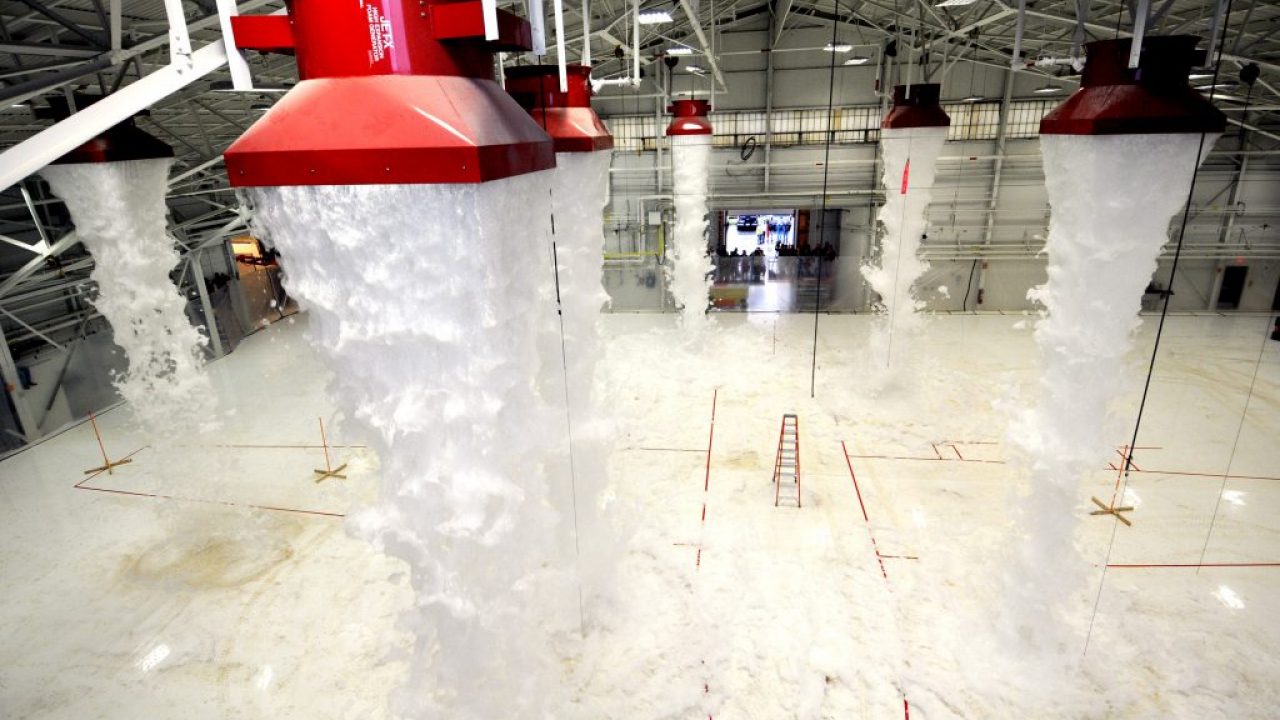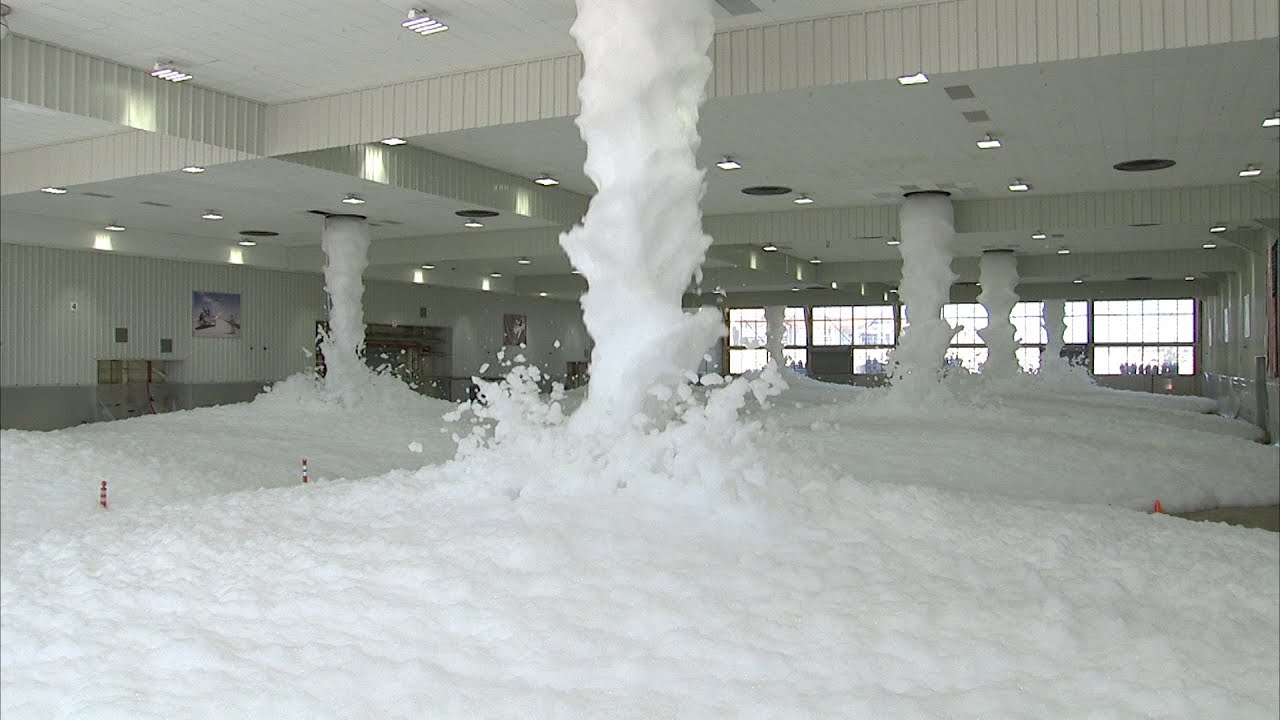The “foam” in foam fire suppression systems is an extinguishing agent that can extinguish flammable or combustible liquid by cooling and separating the ignition source from the surface. The foam suppresses and smothers fire and vapors alike. It can also prevent reignition. It is also known as “firefighting foam.” This foaming agent is made up of small air-filled bubbles that have a lower density than water. Foam is made up of water, foam concentrate, and air. Different manufacturers have their own foam solutions and concentrate. The proportion of foam to water depends on the application.

Foam suppression systems are used to “cool the fire and coat the fuel that the fire is consuming to prevent contact with oxygen and reduce combustion ability.” The foam, when dispursed, smothers or blankets the surface of the fuel. The water content of the foam then cools the fuel and the area of foam covering the fuel to prevent reignition via flammable vapors. Foam suppression systems are designed much like a wet sprinkler system in that stored water flows through a network of pipes where it is then discharged through nozzles. The main difference with foam systems and other traditional wet sprinkler systems is the addition of the foaming agent. This foaming agent is stored separately from the water and the two are mixed within the piping system prior to discharge. At the end of the piping is a nozzle. The foaming agent is added or ejected into the water at the very last moment before discharge. When the water mixes with the foaming agent, expansion occurs and creates an immense coverage of foam to fill expansive areas. Foam suppression systems are usually in large areas where there is a lot of flammable or combustible liquids such as Warehouses, Marine Applications, Flammable liquid storage, Jet engine testing facilities and aircraft hangars. The foam system is most commonly used in these areas is because of the capabilities of foam to not only extinguish but also smother flames in a way that prevents reignition. Special hazard fire suppression systems can provide highly effective and reliable protection when water-based systems are just not enough. Whether it be highly flammable materials, data centers, pharmaceutical, industrial, commercial, military, or protection of priceless commodities, a special hazard fire protection system may be the right solution to protect your assets. These systems require precision, specialized understanding, and careful engineering to meet industry standards and perform properly when needed most.
